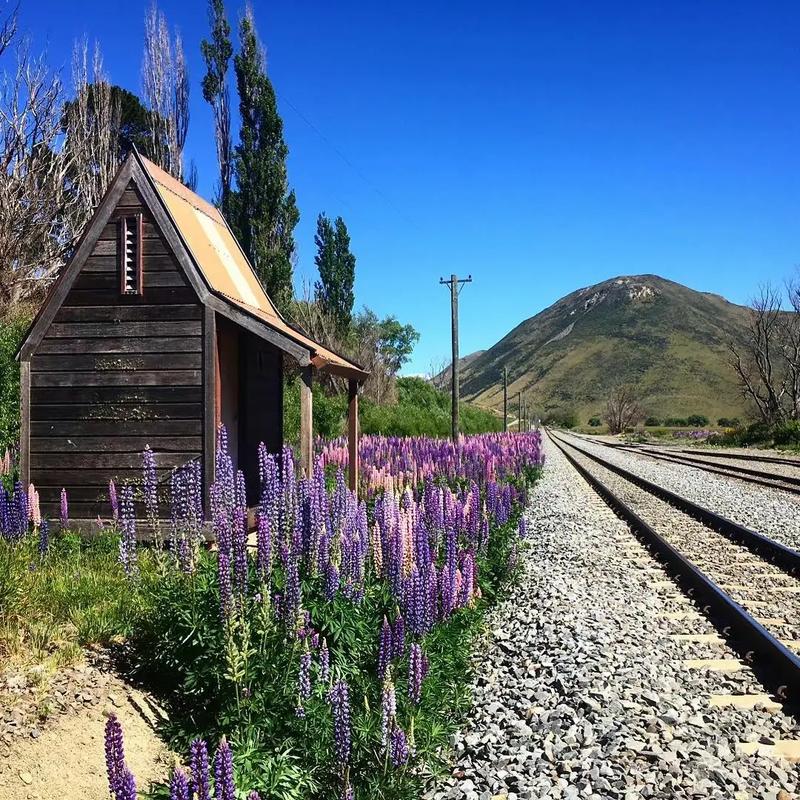Global Travel Information
Atacama Desert, Chile
The Atacama Desert: Chile’s Otherworldly Landscape

Stretching along the northern coast of Chile, the Atacama Desert is one of the most extreme and enigmatic landscapes on Earth. Often described as the driest non-polar desert in the world, this vast, arid region captivates scientists, adventurers, and travelers alike with its surreal beauty, unique ecosystems, and geological wonders. From its bone-dry valleys to its high-altitude salt flats, the Atacama is a place where life persists against all odds, and where the night sky reveals the universe in unparalleled clarity.
A Desert Like No Other
The Atacama Desert spans approximately 1,000 kilometers (600 miles) along the Pacific coast, covering parts of northern Chile and extending into Peru, Bolivia, and Argentina. Its hyper-arid core, located between the Andes Mountains and the Chilean Coastal Range, receives less than 1 millimeter (0.04 inches) of rainfall per year—some weather stations have never recorded a single drop.
What makes the Atacama so dry? The answer lies in a combination of geographic and climatic factors:
- The Rain Shadow Effect – Moisture from the Amazon Basin is blocked by the towering Andes Mountains, preventing rain clouds from reaching the desert.
- The Cold Humboldt Current – This ocean current cools the air along Chile’s coast, reducing evaporation and cloud formation.
- The South Pacific High-Pressure Zone – A permanent high-pressure system suppresses rainfall, creating stable, dry conditions.
These factors combine to create an environment so harsh that NASA has used the Atacama as a testing ground for Mars rovers.
A Land of Extremes
Despite its reputation as a lifeless wasteland, the Atacama is teeming with hidden life and geological marvels.
1. The Valle de la Luna (Moon Valley)
Located near the town of San Pedro de Atacama, this eerie landscape of wind-sculpted dunes, jagged salt formations, and cracked clay resembles the surface of the Moon. At sunset, the valley glows in shades of gold and red, creating an otherworldly spectacle.
2. The Salar de Atacama
One of the largest salt flats in Chile, the Salar de Atacama is a shimmering expanse of white crust, dotted with turquoise lagoons. Beneath its surface lies one of the world’s richest lithium reserves—a key component in batteries for electric vehicles and electronics.
3. Geysers of El Tatio
At 4,300 meters (14,100 feet) above sea level, El Tatio is one of the highest geothermal fields on Earth. At dawn, dozens of geysers erupt, sending plumes of steam into the frigid air—a breathtaking sight against the backdrop of the Andes.
4. The Atacama’s Hidden Life
Microorganisms called extremophiles thrive in the desert’s salt lakes and subsurface soils, surviving on minimal moisture. Scientists study these hardy life forms to understand how life might exist on other planets.
A Window to the Cosmos
The Atacama’s high altitude, dry air, and lack of light pollution make it one of the best places on Earth for stargazing. The region hosts some of the world’s most advanced observatories, including:
- ALMA (Atacama Large Millimeter/submillimeter Array) – A collaboration between international space agencies, ALMA’s 66 radio telescopes study the birth of stars and distant galaxies.
- Paranal Observatory – Home to the Very Large Telescope (VLT), this facility captures stunning images of deep space.
Visitors can experience the desert’s celestial wonders at public observatories or on guided night tours, where the Milky Way stretches across the sky in dazzling clarity.
Human History in the Atacama
Long before modern explorers arrived, indigenous peoples like the Atacameño (Likan Antai) adapted to the desert’s harsh conditions. They developed sophisticated irrigation systems and traded goods across the Andes.
The desert also holds remnants of the Chinchorro culture, known for creating the world’s oldest mummies—dating back 7,000 years, predating Egypt’s mummies by millennia.
During the 19th century, the Atacama became a battleground in the War of the Pacific, as Chile, Bolivia, and Peru fought over its valuable nitrate deposits. Today, mining remains a major industry, though tourism is rapidly growing.
Visiting the Atacama Desert
The gateway to the Atacama is San Pedro de Atacama, a charming adobe town with a laid-back vibe. Travelers can explore:
- Laguna Cejar – A saltwater lagoon so buoyant that swimmers float effortlessly.
- Piedras Rojas (Red Rocks) – A striking landscape of crimson-hued stones beside turquoise lakes.
- Sandboarding in Death Valley – Adventurers can surf down towering dunes on sandboards.
The best time to visit is during the Southern Hemisphere’s spring (September–November) or fall (March–May), when temperatures are mild.
Conclusion: A Desert of Wonders
The Atacama Desert is more than just a barren expanse—it’s a place of stark beauty, scientific discovery, and ancient history. Whether marveling at its salt flats, gazing at distant galaxies, or uncovering traces of prehistoric cultures, visitors leave with a profound sense of awe. In a world where few places remain untouched, the Atacama stands as a testament to nature’s resilience and mystery.
相关文章
- Elbe River Archaeological Sites: Ancient Finds Near the Water
- Elbe River Botanical Gardens: Flowers & Plants Along the Banks
- Elbe River Zoos & Aquariums: Family Fun Near the River
- Elbe River Amusement Parks: Rides with River Views
- Elbe River Camping Spots: Pitch a Tent by the Water
- Elbe River Glamping Sites: Luxury Camping Along the Banks
- Elbe River RV Parks: Stay in Your Camper Near the River
- Elbe River B&Bs: Cozy Accommodations with a Personal Touch
- Elbe River Hostels: Budget Stays for Young Travelers
- Elbe River Business Travel Guide: Meetings & Events Near the Water
发表评论
评论列表
- 这篇文章还没有收到评论,赶紧来抢沙发吧~


